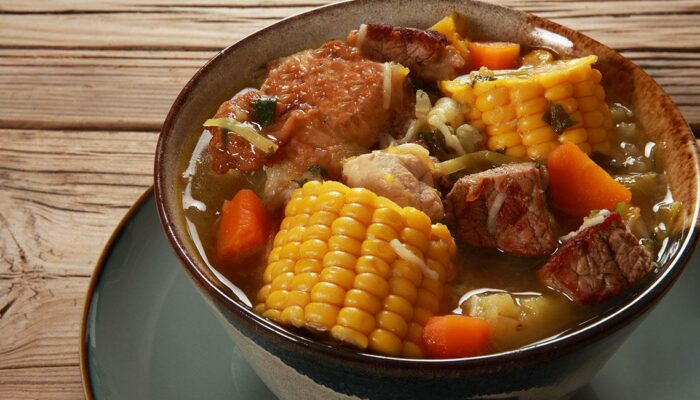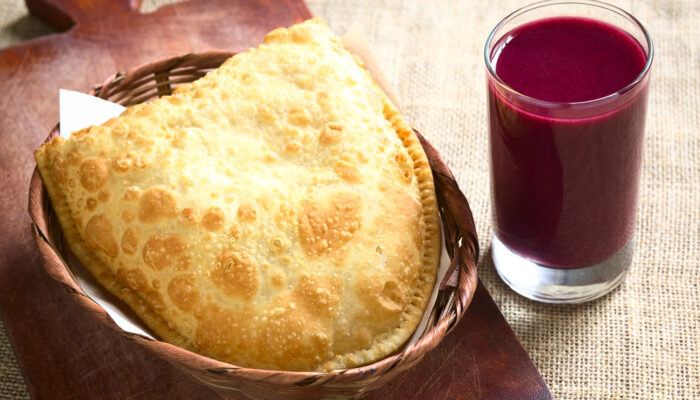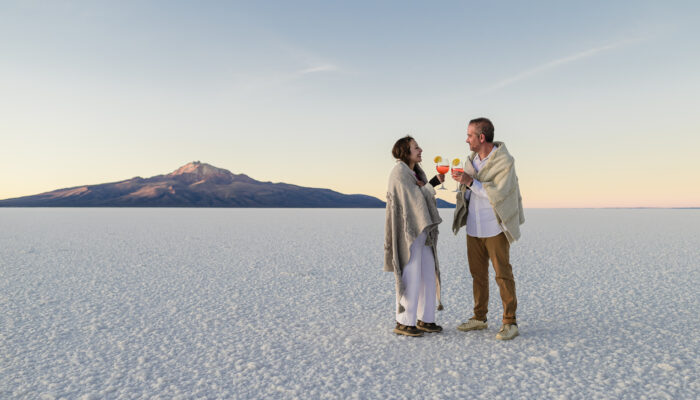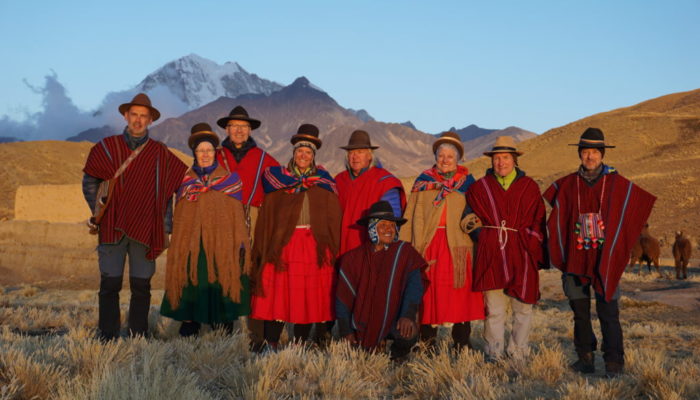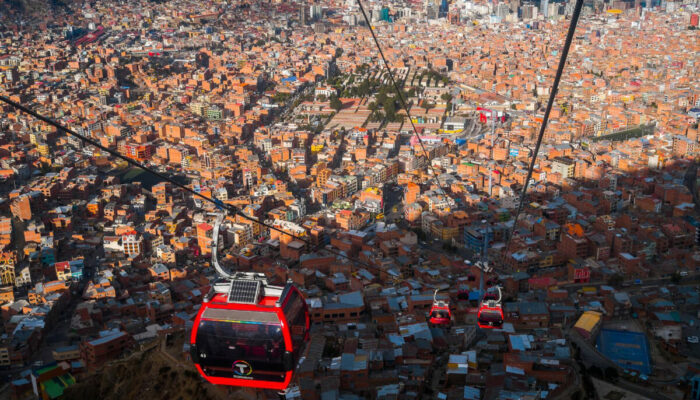Ever dreamt of a Christmas in summer? Then head for the southern hemisphere, and Bolivia to be precise, to spend the festive season in a hot and humid atmosphere, as it takes place during the summer holidays.
You’ll no doubt be disorientated by the change in climate, but you’ll be very familiar with the Catholic traditions of the end-of-year festivities. But it’s the enchantment of Bolivia that makes these celebrations even more magical than they already are!
From November onwards, Christmas lights and decorated shops illuminate the city streets, which is why, for our last article of 2023, Thaki Voyage has chosen to tell you all about Bolivia’s December festivities, so that you can experience a Bolivian Christmas and New Year! Follow the guide!
Bolivia, a Catholic country inherited from Spanish customs
Have you ever wondered how the most important celebrations of the year are prepared and celebrated in Bolivia? As you already know, Bolivia is predominantly Catholic, and its religious traditions are similar to those of other Christian countries. The birth of the baby Jesus, otherwise known as La Fiesta del Niño Salvador, is a much-anticipated and important moment for Bolivians, who are very religious, which is why a nativity scene is an essential part of any Bolivian home. Very similar to European cots, although sometimes with llamas, you’ll notice that the clothes are a reflection of the country.
24 December is a day shared with the whole family. It begins with the traditional midnight mass, during which children sing hymns accompanied by instruments such as the Andean flute or the charango. Afterwards, the family gathers to enjoy the delicious food that we will present below. Midnight is also the time when families go out to sing, toast and, above all, light the traditional fireworks.
On the morning of 25 December, another mass is celebrated in honour of the birth of Jesus, and before continuing the festivities, families take advantage of a little peace and quiet to stroll around the town. The streets are beautifully decorated and filled with colour and Santas. From handicrafts to industrial products, Bolivia is celebrating! What’s more, when you visit during the festive season, you’ll see that none of the trees are natural. In fact, Christmas trees are almost exclusively artificial, but they are just as well decorated with superb garlands and… smiles to welcome future presents.
A gourmet Christmas with an Andean flavour
Do you remember our November 2022 article on Bolivian gastronomy? We touched on some of the culinary specialities of the festive season, so this is another opportunity for us to whet your appetite for your stay in Bolivia.
After midnight mass on the 24th, you’ll be treated to a delicious picana de Navidad, a sweet and spicy stew that perfectly combines the following three meats: beef, chicken and pork. Remember that Bolivians are meat lovers! Picana is cooked with potatoes, turnips and carrots, but above all with corn on the cob, because yes, corn is also an essential ingredient in South America. You can finish your meal by drinking api, a hot drink made from yellow or purple maize, sugar, cinnamon and cloves. At midnight, you can also try a grape liqueur called singani.
On 25 December, you can look forward to a great breakfast. Enjoy buñuelos, the typical little doughnuts. You can also try the Bolivian panettone, similar to the Italian panettone. You’ll also find pastries and hot chocolate on the table. And don’t forget to try the sopaipillas, fried wheat flour cakes with sugar or syrup.
So, to discover the Bolivian Christmas, why not try adopting its culinary traditions during the festive season?
A lucky New Year for the year ahead
The clock has struck midnight and the transition to the New Year is inevitable! In Bolivia, as elsewhere, the evening of 31 December to 1 January is a time for reunion and conviviality. At midnight, tradition dictates that you eat 12 grapes and make a wish for each one. They will come true during the year. You may be familiar with this tradition, as it is inherited from Spanish customs.
On this day too, it is customary in Spain, as in Bolivia, to wear red underwear. This is because it promotes happiness in love life. The colour of the underwear is important, as it has a unique symbolism: yellow will help you earn money and pink will keep you in good health.
You can also count on tickets to bring you an economically propitious year, or take a trip around the neighbourhood with your suitcase and hope to travel during the year and come and see us in Bolivia!
New Year’s Eve is full of promises, both festive and gourmet. Once again, pork is eaten as a symbol of prosperity and abundance. The festivities begin with the family, but often end with friends.
Not to be confused: the Aymara New Year takes place on 21 June, during the winter solstice in the southern hemisphere. See our article from last June for more information.
We’re telling you, you won’t be bored during the end-of-year festivities in Bolivia, whether in the countryside or in the big cities! A blend of Western and Andean traditions, Bolivian celebrations take place in pleasant temperatures. This year, forget the turkey and mulled wine and come and discover Bolivia during a magical and enchanting period! Thaki Voyage would like to take this opportunity to thank you for this wonderful year with us and to wish you a wonderful 2024!
Mathilde Leroux

